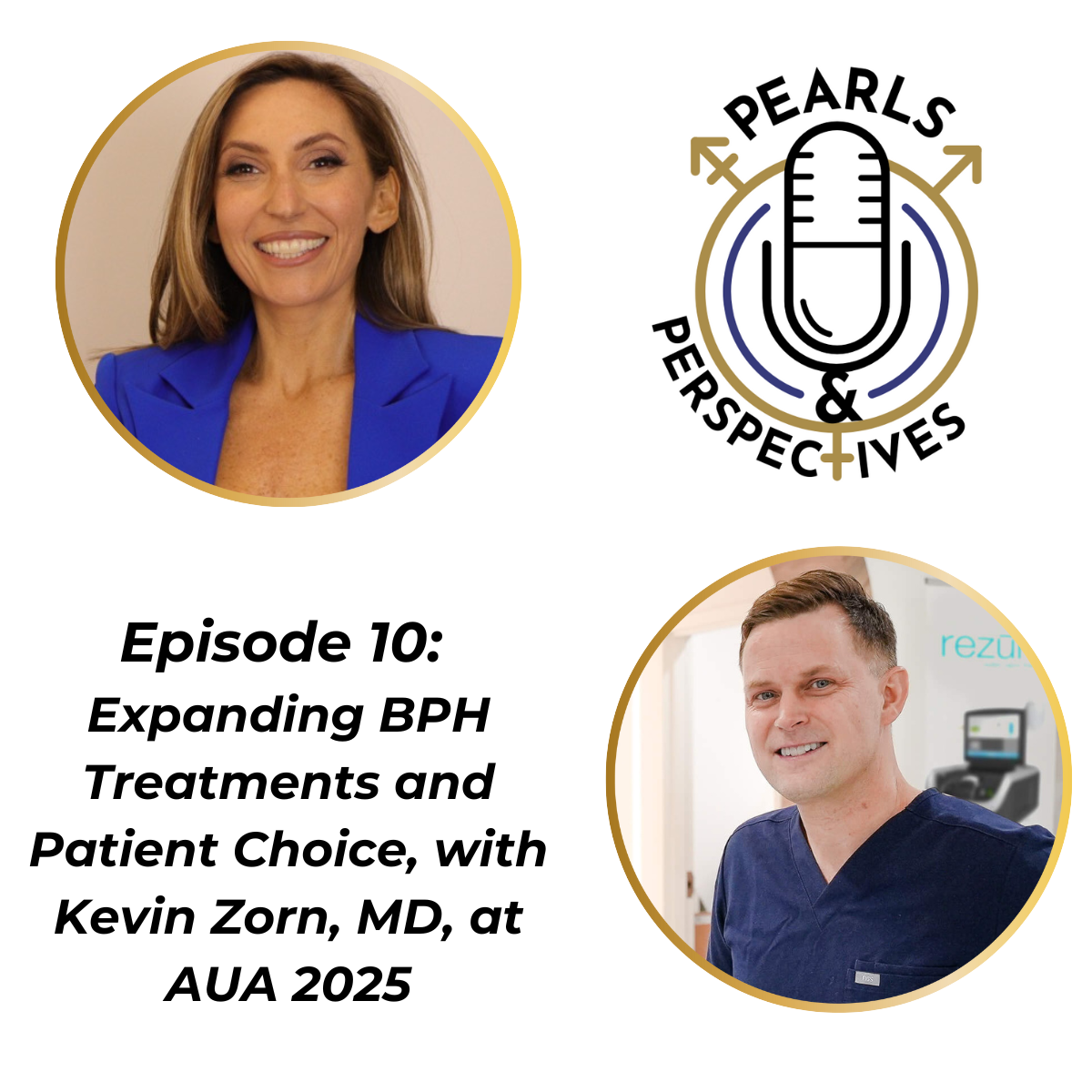News
Article
PSMA-PET-guided intensification of salvage RT found safe, efficacious
Author(s):
“At a median follow-up of 37 months, we saw that failure-free survival was statistically significant, with 2 times more events seen in the control arm," said Colin Belliveau, MD.
Results of a phase 2 randomized controlled trial (NCT03525288) indicate that prostate-specific membrane antigen (PSMA)-PET guided intensification of salvage radiotherapy following radical prostatectomy is associated with improvements in failure-free survival (FFS) and treatment-free survival.
The findings were presented at the 2024 American Society for Radiation Oncology Annual Meeting in Washington by Colin Belliveau, MD, of the Centre Hospitalier de l'Universite de Montreal (CHUM), Montreal, Canada.1
Colin Belliveau, MD

“PSMA-PET is now widely more available, and it improves the detection of prostate cancer. However, there has been a big variable change with this new information without knowing the exact impact of these changes. So, our study was designed to determine if PSMA-PET-guided intensification of radiotherapy would improve failure-free survival,” Belliveau said during his presentation.
Research presented at the 39th Annual European Association of Urology Congress indicated that PSMA-PET and intensified salvage radiotherapy after radical prostatectomy was associated with improved FFS, the study’s primary end point.2
For the current study, patients were randomly assigned 1:1 to either standard of care (SOC), comprising salvage radiotherapy to the prostate bed and to the pelvis according to the radiation oncologist’s discretion, or to PSMA-PET using 18F-DCFPyL (Pylarify) and intensified salvage radiotherapy to the prostate bed and to newly identified sites.
Baseline characteristics were generally well balanced between the SOC and experimental arms, although Belliveau noted that 14 (21.9%) in the experimental arm had Grade Group 5 disease vs 3 (4.7%) patients in the SOC arm (P = .01), and 34 (53.1%) patients in the experimental arm had positive margins vs 20 (31.5%) patients in the SOC arm (P = .02).
Belliveau reported that 19 of 64 patients (30%) in the experimental arm were planned to have pelvic radiotherapy vs 30 of 64 patients (47%) in the SOC arm. A total of 35 patients (55%) in the experimental arm received pelvic radiotherapy vs 30 patients in the SOC arm. In addition, 20 (30%), 15 (23%), and 2 (3%) patients in the experimental arm received a boost to the nodes, a boost to the prostate bed, and addition of metastasis-directed radiotherapy, respectively.
“Both arms had balanced hormonal therapy of about 85%, and this is because physicians were specifically told not to modify their systemic therapy based off PSMA-PET results,” Belliveau said.
Regarding FFS, Belliveau said, “At a median follow-up of 37 months, we saw that failure-free survival was statistically significant, with 2 times more events seen in the control arm.”
The investigators also looked at treatment-free survival, which was defined as initiation of the next line of hormonal therapy with or without metastatic-directed radiotherapy if PSMA-PET was positive. Belliveau reported a statistically significant difference, with 3 times more events observed in the SOC arm (HR=0.32).
Subgroup analysis revealed that in the experimental arm, patients with median prostate-specific antigen levels of at least 0.3 ng/mL before salvage radiotherapy and patients who did not receive adjuvant hormonal therapy benefited most from treatment.
Regarding grade 2 or higher adverse events (AEs), “there are no significant differences between the 2 groups. Most interestingly, in the experimental arm, there was only 1 patient that had a grade 3 event that was attributable to the intensified regimen of radiotherapy,” Belliveau said.
The investigators evaluated freedom from minimal important difference in quality of life using the EPIC questionnaire. “Across all domains, there are no significant differences; however, looking at the sexual domain, there seems to be a trend toward favoring the experimental group, and this could be possibly related to more second-line hormonal therapy being initiated in the control group at subsequent biochemical failure,” Belliveau said.
In his concluding remarks, Belliveau added, “So we have a randomized controlled study that demonstrates isotoxic improvement of failure-free survival and treatment-free survival with the intensification of salvage radiotherapy guided by PSMA-PET, and this is particularly true in patients with a PSA greater or equal to the median of 0.3.”
REFERENCES
1. Belliveau C, Saad F, Duplan D Jr, et al. Randomized controlled trial of PSMA-PET image guided intensification of salvage radiotherapy after radical prostatectomy: which patients are most likely to benefit and other secondary analyses. Presented at: American Society for Radiation Oncology Annual Meeting. September 29-October 2, 2024. Washington, DC. Abstract 186. https://astro2024.eventscribe.net/agenda.asp?startdate=9/30/2024&enddate=9/30/2024&BCFO=M&pfp=Browse%20by%20Day&fa=&fb=&fc=&fd=
2. Belliveau C, Saad F, Duplan D, et al. A0603 - PSMA-PET guided intensification of salvage radiotherapy after radical prostatectomy: A phase 2 randomized controlled trial. Eur Urol. 2024;85(suppl_1):S1515-S1516. doi:10.1016/S0302-2838(24)01176-X
Newsletter
Stay current with the latest urology news and practice-changing insights — sign up now for the essential updates every urologist needs.

















